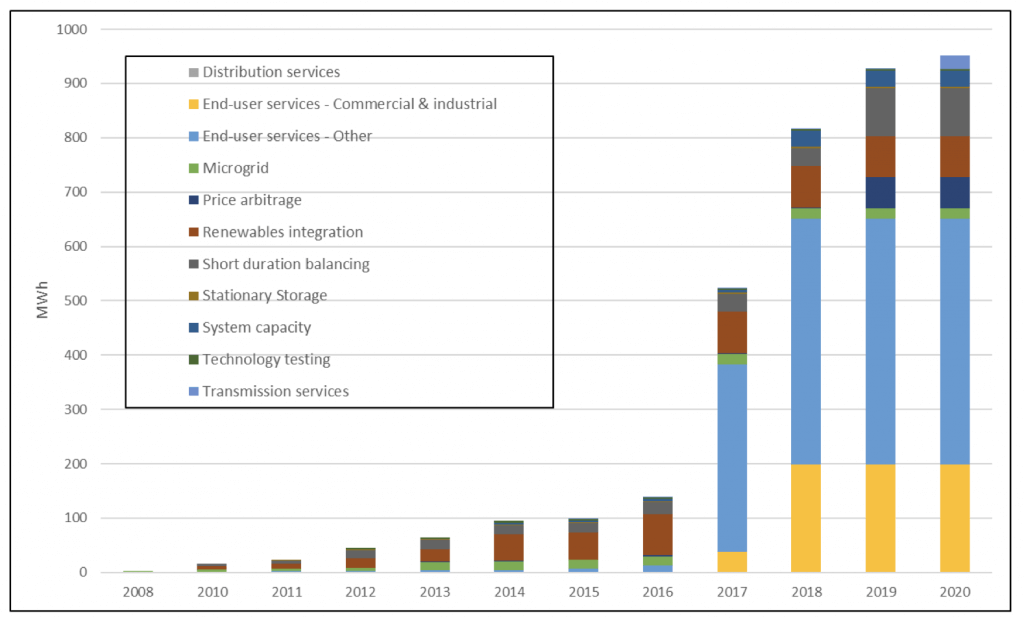
The Energy Storage Grand Challenge Market Report for 2020 has been released by the U.S. Department of Energy which provides an in-depth market analysis of various energy storage technologies, including advanced lead batteries. The Energy Storage Grand Challenge (ESGC) is an exciting opportunity for the U.S. industry involved in energy storage, designed to accelerate the development, commercialization, and utilization of next-generation energy storage technologies and sustain American global leadership in energy storage with the ultimate aim of developing and domestically manufacturing energy storage technologies that can meet all U.S. market demands by 2030.
The ESGC Roadmap has several clear goals, both technical and non-technical, with the overarching aim of supporting energy storage under the banner “Innovate Here, Make Here, Deploy Everywhere”. The lead battery industry is in a strong position in the U.S. to achieve this. The industry has an annual output of $26.3 billion and manufactures batteries across the country. With a 99% recycling rate, lead battery recycling is conducted nationwide, and the overall lead battery industry creates 25,000 direct jobs in 38 states.
Lead batteries as a technology are uniquely positioned in all three of these strategic goals of innovate here, make here, deploy everywhere. The specific techno-economic goal outlined in the ESGC roadmap for ESS; 0.05 $/kWh levelized cost of storage for stationary applications, requires a two-fold performance increase for lead batteries – overall service life (total energy throughput) and energy density. Lead battery technology can meet this goal with the support of the DOE, with several pathways available to tap into the unexploited potential of lead batteries.
CBI is currently engaged in five research projects in the US dedicated to opening these new pathways for enhancing lead battery performance for energy storage and other applications.
2017 witnessed the beginning of rapid growth in the use of lead batteries for stationary energy storage, with a market report by Bloomberg New Energy Finance detailing nearly 1,000 MWh of storage across various applications including commercial and industrial end-users, renewables integration, microgrid and distribution services.

Our industry is leading the way in lead battery innovation for the energy storage sector to boost performance enhancements, with key areas of advancement including:
All battery technologies will be essential for the transition to a low carbon future, both domestically in the US and globally, and the pioneering research conducted by CBI in collaboration with scientists, manufacturers, materials suppliers and end-users will ensure advanced lead batteries play a vital role.